Jeanne Klewicki has experienced much in her 104 years on earth.
But in early February, she experienced a scald burn that put her normally active life on hold.
Just like she did every morning, Jeanne heated water in the microwave for tea on that February day.
“She sat down and spilled it on her lap,” her son, James Klewicki, said.
James visited his mom that day, but she wasn’t fessing up. He thought it odd she still wore her housecoat when he arrived that afternoon.
Two days later when he visited, she still wore her house coat. Something seemed amiss with his normally active mom—who walks the halls of her senior apartment community every day—so he called 911.
‘She’s healing very well’
Paramedics took her to a Lansing, Michigan, hospital where doctors discovered scald burns on her stomach and thighs. They then transported her to Spectrum Health Butterworth Hospital.
“She had a skin graft and she’s doing some rehab now—occupational and physical therapy,” James said. “She’s very active. She plays bridge. People call her. She always walked a mile or so every day. At this age, they can’t afford to stop.”
James said he has seen a slowdown since his mom’s accident, but doctors reported they’re pleased with the way she’s healing.
“She’s got a clean bill of health,” James said. “They said they’ve never seen anyone her age that healed as quickly as she has.”
Richard Wilcox, MD, a surgeon with the Spectrum Health Burn Clinic, said unfortunately, scald burns are common in the elderly, in part because of thin skin.
And because some elderly people don’t move as quickly as they once did, one of the cardinal rules of a scald burn—disrobing and getting cool water on the area as quickly as possible—may not happen.
Such as in Jeanne’s case. She let the burns ride for several days instead of taking swift action.
Dr. Wilcox said she’s fortunate to be recovering so well.
“She’s healing very well,” Dr. Wilcox said. “She’s a good example of not being able to cool off and having thin skin. Her skin grafts are looking very good. She’s well on her way to being finished with it all.”
Children are also frequent victims of scald burns.
“Usually it’s toddlers who are reaching up and getting a hold of something close to the counter edge or they climb up on something,” Dr. Wilcox said.
The severity can range from first- to third-degree burns.
First-degree burns affect just the surface, such as a sunburn. With second-degree burns, the top layer is gone and the damage penetrates into the dermis layer of the skin. Third-degree burns, the most severe, burn through the skin.
“If you have very thin skin, it doesn’t have to penetrate very far,” he said. “Think of your hand. The skin on the back is thin, the skin the palm, thick. If you put your hand in 200 degree water and hold it there for two or three seconds, you will probably need skin grafting on the back of your hand. Your palm will probably heal just fine.”
Here are some typical scald scenarios and how to combat them:
Road scalds
Adults often scald themselves when they take the top off a radiator, pull something hot from the microwave, or dump a cup of hot coffee while they’re driving.
“If you’re driving 70 mph down the highway, you can’t get your clothes off right away to cool off,” he said. “You’re likely to have a significant burn, second degree, with a blistering loose top layer that may take a couple of weeks to heal.”
Time is of the essence, he said. If you are driving, pull over as quickly as possible, take off your clothes and pour a bottle of water or soda on the affected area, whatever you have handy. Or jump out and sit in a snow bank.
Dr. Wilcox remembers a patient who was driving down the East Beltline, en route to a church function. She spilled her dish-to-pass on her lap.
“She pulled right off the road and got out,” he said. “She dropped her pants and sat down in a snow bank.”
Kitchen scalds
“Get your shirt off as quickly as possible,” Dr. Wilcox said. “Cool off with cool water out of the tap. You want to shorten the duration that the skin is exposed to heat. The temperature of what you spill is already determined. You can’t help that. What you can control is how long you’re exposed.”
Douse a clean dish towel in cool water and lay it over the burn. Never use ice. It can further damage the area.
“The hotter it is the less time it takes to create a burn that is more than just a sunburn,” Dr. Wilcox said. “We’re talking a second or two.”
Outdoor scalds
“We see people who are out partying in the woods and they get too close to the fire and get burned,” Dr. Wilcox said.
In that case, he advises grabbing whatever cool liquid you can find—even beer or wine out of the cooler—and immediately pouring it on your burns.
If you’re in your yard, grab the garden hose and douse yourself.
No matter how your scald occurs, cool the area first, then head to the hospital for treatment.
“Cover it up on the way to the hospital with a clean towel so you don’t have air currents blowing on the burn,” Dr. Wilcox said. “It’s still going to be painful, but not as painful.”
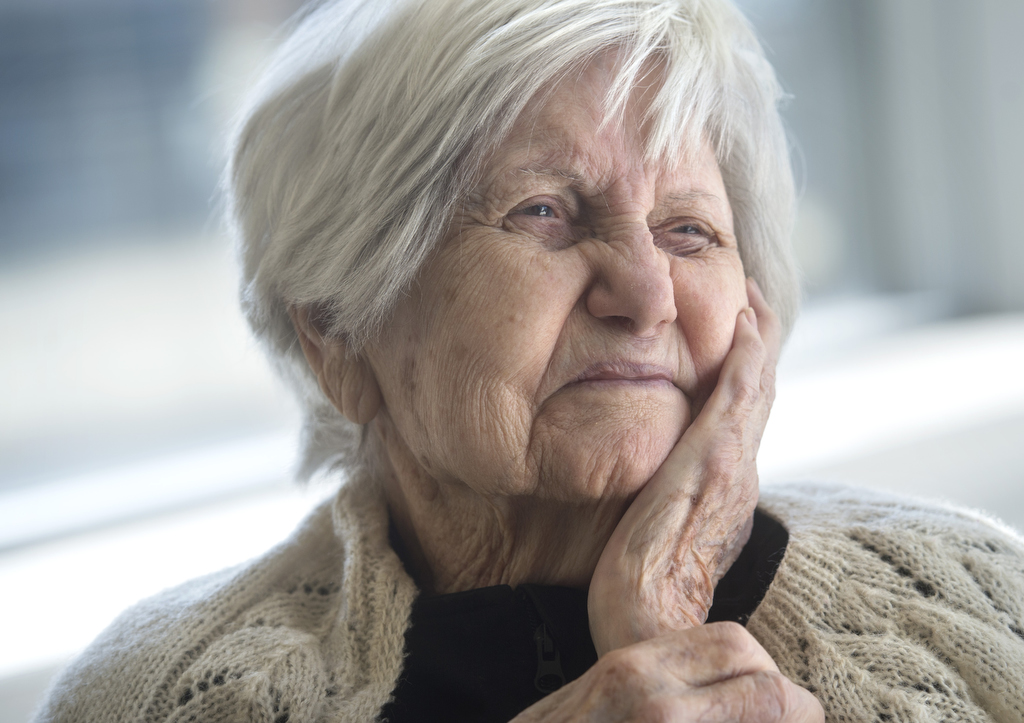
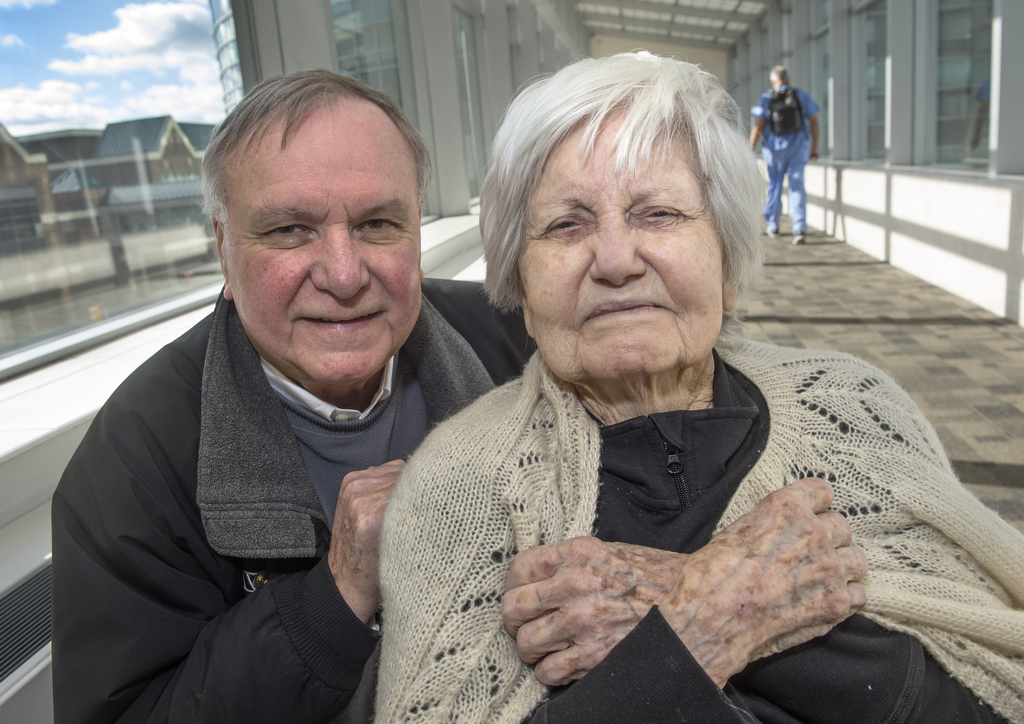

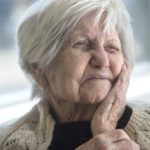
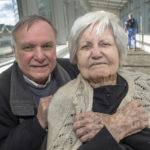

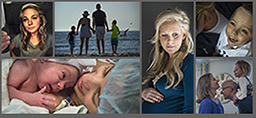 /a>
/a>
 /a>
/a>
 /a>
/a>